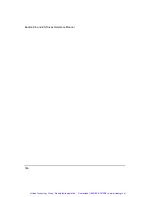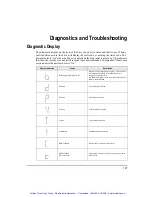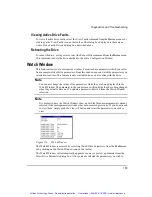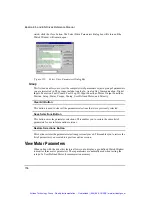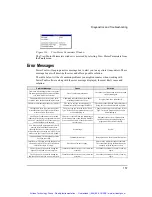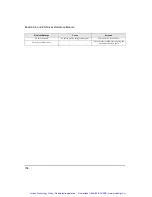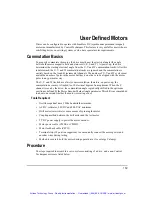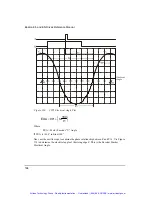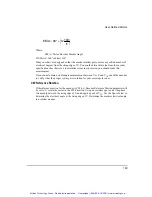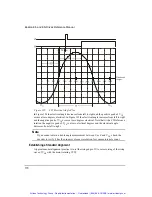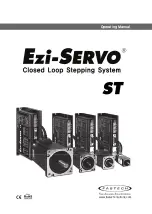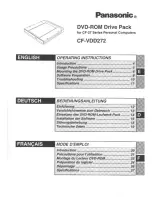
160
Epsilon Eb and EN Drives Reference Manual
1. Determine if your motor is compatible with the drive by verifying its characteristics.
There are a number of restrictions such as encoder line density and motor pole count that
must be considered. Most of these parameters are commonly found on a motor data sheet
and some may have to be determined by testing.
It is important that the encoder used have a repeatable Z channel angle with reference to
one of the commutation channels. This is especially the case if you will be using the same
encoder on several motors and you wish to use the same setup file on them all. Otherwise
you will need to generate a motor file for each individual motor/encoder.
2. Design and assemble the cabling and interface circuitry required to connect the motor
and drive. Motor and feedback cables must be properly shielded and grounded.
3. Determine the encoder alignment. In order to commutate a motor correctly the angular
relationship of the encoder commutation tracks and the marker pulse with respect to the
R, S and T windings in the stator must be known.
4. Enter the motor/encoder data into the MOTOR.DDF file. This data is then read by the
PowerTools software when setting up the drive.
5. Test your system to verify that the servo system is working correctly.
Step 1: Motor Wiring
The first step is to wire the motor terminals to the drive. Control Techniques designates the
motor terminals as R, S and T.
Use the following procedure to establish the R, S and T mapping:
1. Assume the motor terminals of the non-Control Techniques motor are designated A, B
and C. If they are not marked, name the terminals randomly. The next steps will
determine their working designations.
2. You can select any of the three motor terminals and call it R. In this procedure we will
choose terminal A.
The rotation of the motor will generate dangerous voltages and currents on the motor
phase leads. Make sure the wires and connections are properly insulated.
3. Connect the scope to read VCA and VBA. VCA and VBA are measured by putting the
probe ground clips on A and the scope probes on C and B.
4. Rotate the motor CCW (i.e., rotate the shaft counter-clockwise as you face the shaft end
of the motor).
Artisan Technology Group - Quality Instrumentation ... Guaranteed | (888) 88-SOURCE | www.artisantg.com
Содержание Control Techniques EN Series
Страница 3: ...Artisan Technology Group Quality Instrumentation Guaranteed 888 88 SOURCE www artisantg com ...
Страница 224: ...205 Specifications Artisan Technology Group Quality Instrumentation Guaranteed 888 88 SOURCE www artisantg com ...
Страница 262: ...Artisan Technology Group Quality Instrumentation Guaranteed 888 88 SOURCE www artisantg com ...

